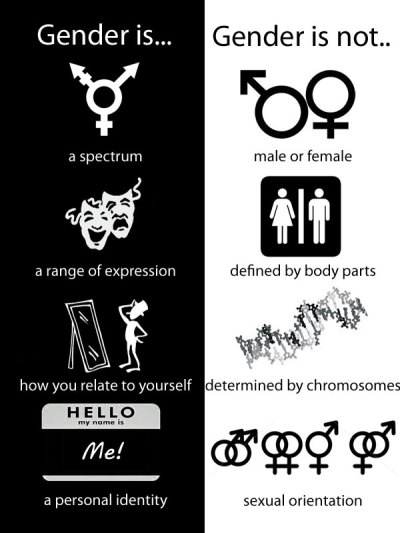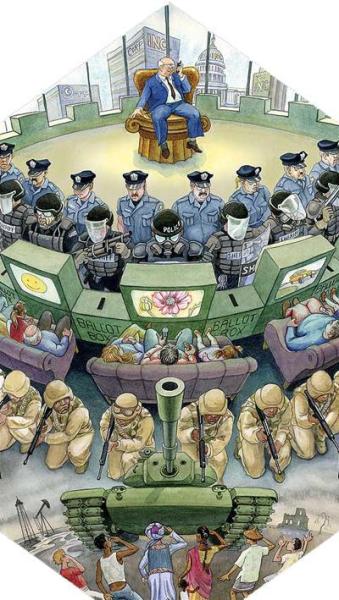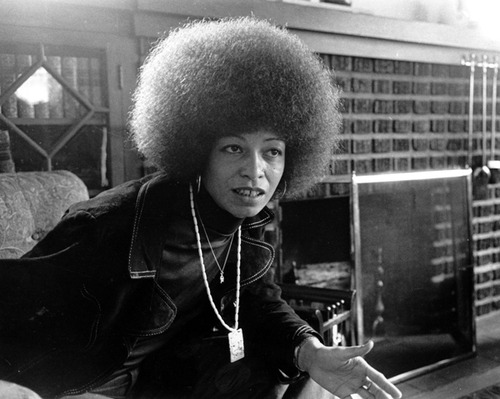http://fullcomment.nationalpost.com/201 ... s-of-zion/Jonathan Kay: The enduring influence of The Protocols of Zion -The Protocols was a lie.
-The Protocols was a lie.
But it was a lie that people wanted to hear.Book Excerpt: Among the Truthers by Jonathan KayIn August, 1897, Theodor Herzl and two hundred fellow activists convened at a concert hall in Basel, Switzerland, to attend the First Zionist Congress. The capstone of their deliberations was The Basel Program, a landmark manifesto aimed at “establishing for the Jewish people a publicly and legally assured home in Palestine.” The delegates also officially adopted the Hatikvah, a song that, six decades later, would become the national anthem for the country we call Israel.
But as legend has it, it was all an elaborate act — just a respectable set-piece to divert gentile journalists and spies from the real meeting taking place at a secret location nearby. There, Herzl delivered a clandestine 24-part lecture series for Jewish ears only. In these speeches, “protocols” as Herzl called them, there was little talk of carving a small country out of the Middle Eastern desert. What he proposed was nothing less than a plan for total world domination.
Europe’s gentiles — or goyim, as they were described in Yiddish — generally were a happy, earnest lot, Herzl told his audience. They worked their farms and small businesses assiduously, prayed to a benevolent Christian God, and prospered under the kindly, lawful aristocrats who rose up from among their ranks.
But they were also gullible, lustful, greedy and unstable in their attitudes — human frailties that the calculating, ascetic Jew could exploit in order to rob them of their entitlements.
The Jewish strategy, Herzl explained, would target all strata of goyim. To corrupt the proles, Jewish smut merchants would provide pornography and “alcoholic liquors.” To ensnare middle-class farmers and merchants, Jewish moneylenders would practice usury. Ambitious gentile politicians would be co-opted through extortion and outright bribery; or else installed as quislings in Europe’s Masonic lodges, which Jews secretly controlled.
Meanwhile, gentile intellectuals, such as they were, would be beguiled by democracy, liberalism, Marxism, socialism, communism, Darwinism, anarchism, “Nietzsche-ism,” and all the other fangled creeds the Jew had created.
Ironically, the Jews’ most powerful weapon in the campaign to enslave gentiles would be none other than the lure of sweet liberty itself: “The abstraction of freedom has enabled us to persuade the mob in all countries that … the steward may be replaced like a worn-out glove,” Herzl explained to the assembled Elders. “It is this possibility of replacing the representatives of the people, which has placed at our disposal, and … given us the power of appointment.”
Of course, God-fearing men would never willingly succumb to Jewish tyranny. But Herzl had an answer to that: Jews would not only annihilate Europe’s earthly rulers, but also “the very principle of God-head and the spirit,” whose presence in men’s souls shielded them from the “arithmetical calculations and material needs” upon which the Jew preyed. No longer would the peoples of the world “walk contentedly and humbly under the guiding hand of [their] spiritual pastor submitting to the dispositions of God upon Earth.” Instead, “all nations will be swallowed up in the pursuit of gain, and in the race for it will not take note of their common foe [the Jew].”
As his plan played out, Herzl explained, Jews would cycle the world through an endless series of bloody wars and economic depressions, which would serve both to enrich Jewish war profiteers and speculators, and cast the rest of the globe into poverty. Traumatized to the point of total despair, the peoples of the world would have no choice but to succumb.
When Herzl was done with his 24 protocols, the conference disbanded and the Jewish Elders returned to their homes in order to prepare their plots. The world might never have learned of the protocols’ existence — but for a single Russian police agent who, through means unknown, intercepted one of Herzl’s acolytes at a German Masonic lodge.
In exchange for what one must assume to have been an extravagant sum, the Jew agreed to turn over his handwritten transcription of Herzl’s protocols — but only till the next morning. All through the night, a team of Russian scribes feverishly copied out the Hebrew text. When sunrise broke, the fruits of their labour were sent to translators in Moscow, who would go on to warn the world of the Jewish menace.
Thus ends the fairy tale, known to history as
The Protocols of the Learned Elders of Zion — a document that would become the most influential conspiracist tract since the era of the French Revolution. Millions of readers were taken in by this poisonous fraud following its widespread publication in 1919. Adolf Hitler and other war criminals would be inspired to act on it, setting in motion a wave of anti-Semitic hatred so intense that, by the end of the Second World War, Central and Eastern Europe were left virtually Judenrein.
All this came to pass despite the fact the
Protocols was debunked within months of its dissemination. As investigators revealed, the document was concocted by czarist anti-Semites who had not even taken the trouble to invent the lies themselves. Instead, they plagiarized
Protocols from two sources:
Biarritz, a lurid anti-Semitic novel published 50 years previously in Germany, and a French propaganda tract from the same era, “Dialogues in Hell between Machiavelli and Montesquieu,” written by a French lawyer named Maurice Joly. (The influence of Joly’s book is particularly obvious: According to one scholar’s analysis, a full 40% of
Protocols’ content is lifted word for word from Dialogues.)
The Protocols was a lie. But like all successful conspiracy theories, it was a lie that people wanted to hear. This was a moment when Europe had just endured not one, but two epic upheavals, neither of which had a simple, comprehensible cause. The Russian Revolution had been sparked by an artificial, untested, schismatic ideology created by an impoverished eccentric living in England. The First World War was an accidental product of Great Power paranoia, miscalculation, and jingoism — all sparked into deadly reaction by an assassination in one of Europe’s most obscure backwaters (an event that is itself the subject of innumerable conspiracy theories). When it was over, the flower of European youth was dead, and two once-great empires had been destroyed. It’s not hard to understand why millions of shell-shocked survivors could become convinced that the leaders who’d sent these men to their deaths had somehow been tricked by a hidden, demonic force.
For Europeans reading the
Protocols in the 1920s and 1930s, the document offered something precious: the idea that only a single barrier — the Jewish race — blocked a return to the peaceful, pious and socially ordered world that had been destroyed by war, revolution, mechanization, urbanization, radical political ideologies, secularization and catastrophic inflation. The evil brilliance of the Protocols lay in the fact that it patched together a theory of Jewish conspiracy that covered every one of these upheavals — all the while enchanting the reader with backward glimpses of the noble, God-fearing milieu that the Jew allegedly had undermined.
The
Protocols did not arise out of the ether. As Norman Cohn illustrated in his 1967 classic
Warrant for Genocide, the period between 1850 and the First World War was a golden age of apocalyptic Judeo-Masonic propaganda. From France to Russia, all sorts of overlapping, mutually plagiarizing fraud manifestos became best sellers. Many of them even were structured like the
Protocols, with a cackling rabbi instructing his Jewish brethren in his faith’s plans for world domination. But thanks to a series of historical accidents, the
Protocols became the document that definitively popularized the conspiracist spirit that seized Western civilization during the early decades of the 20th century, and which has survived, in the same basic form — albeit with an ever-changing cast of villains — till the present day.
Medieval conspiracism typically targeted one of two enemies: Jews and secret societies. The
Protocols mixed these two venerable strands into one deadly braid: The Jews, by this hateful telling, were both a filthy religious sect seeking to exterminate Christendom and a secret society bent on adapting world trade, politics, media and all the other secular pillars of civilization to their evil schemes.
Even once the Third Reich lay in ruins, and anti-Semitism became widely detested in its bald-faced Nazi-style form, the
Protocols would remain ensconced as a sort of universal blueprint for all the successor conspiracist ideologies that would come to infect Western societies over the next nine decades — right up to the modern-day Truther and Birther fantasies of the 21st century.
In these conspiracy theories, the imagined evildoing cabal would come by many names — communist, globalist, neocon. But in most cases, it would exhibit the same recurring characteristics that the
Protocols fastened upon the Jewish elders in the shadow of First World War.







